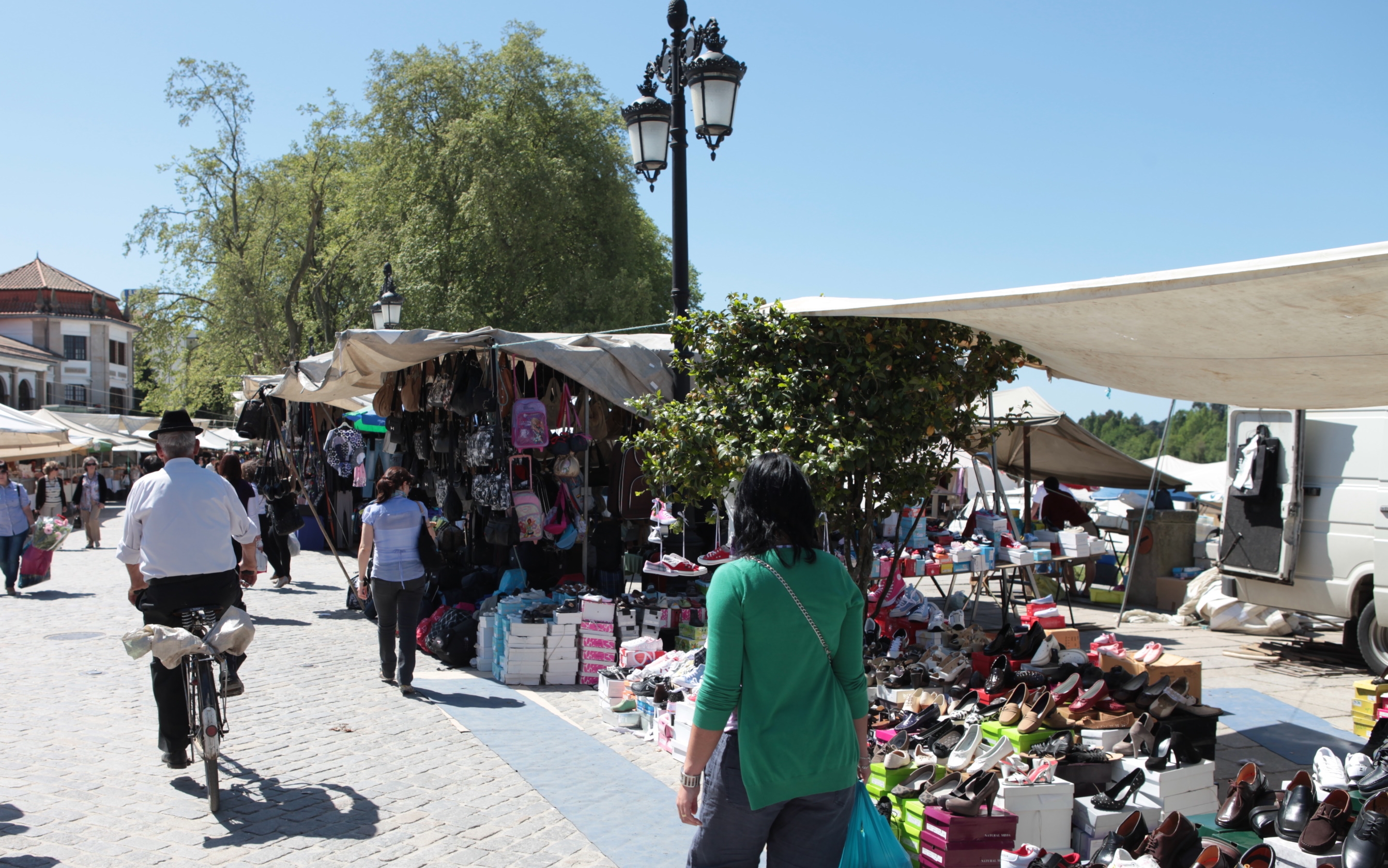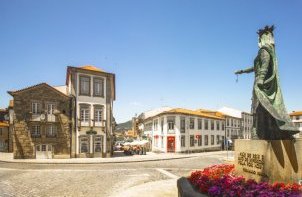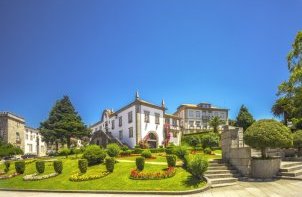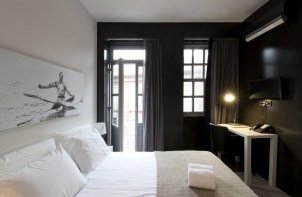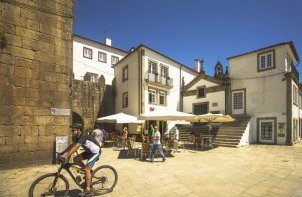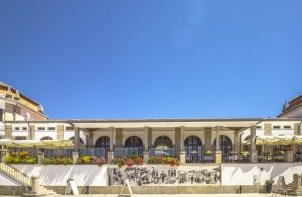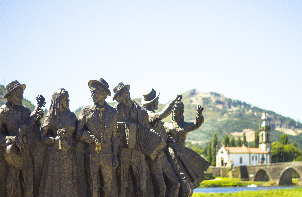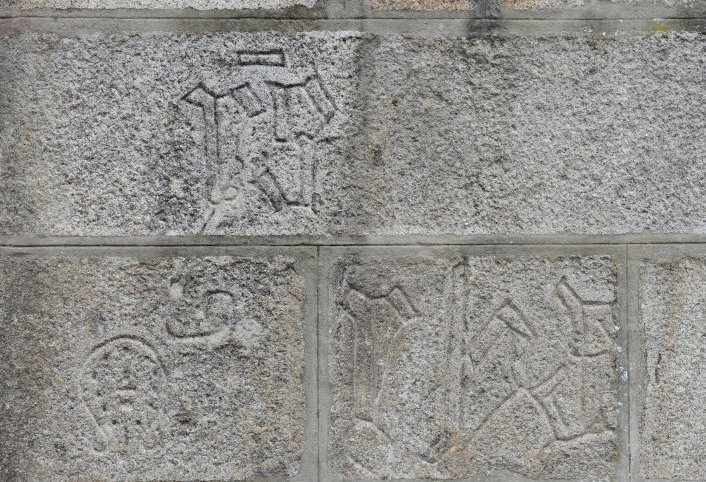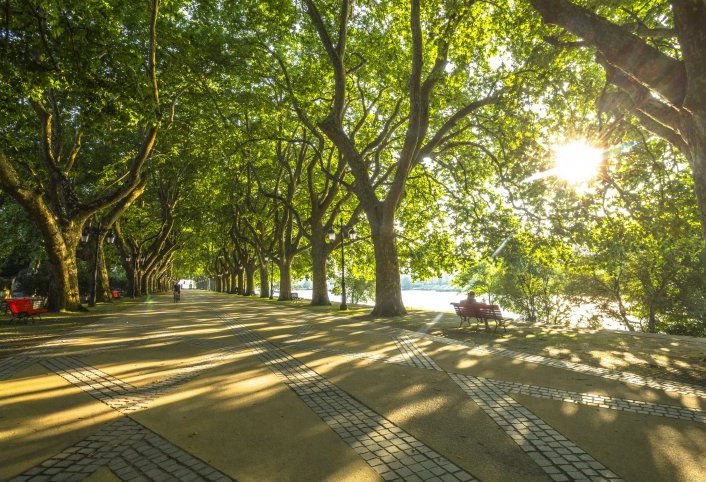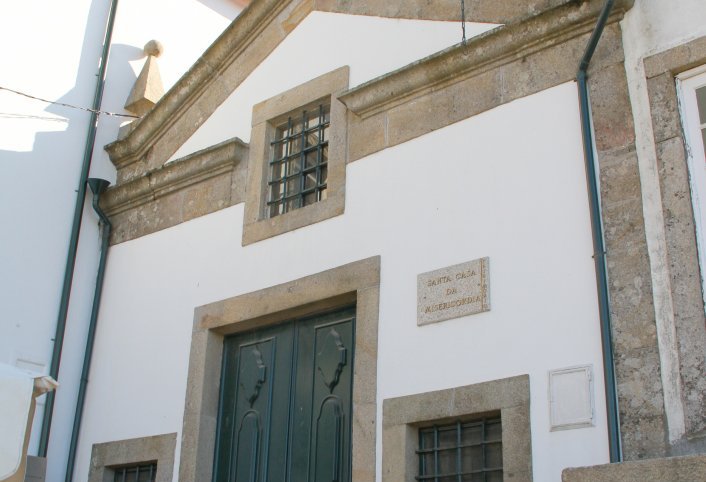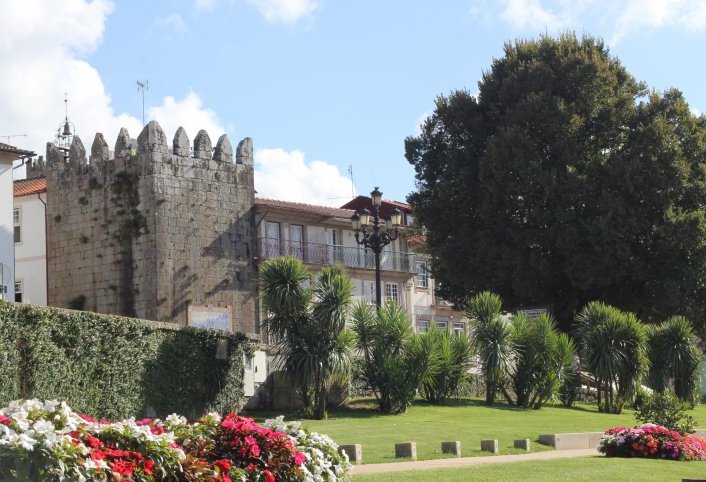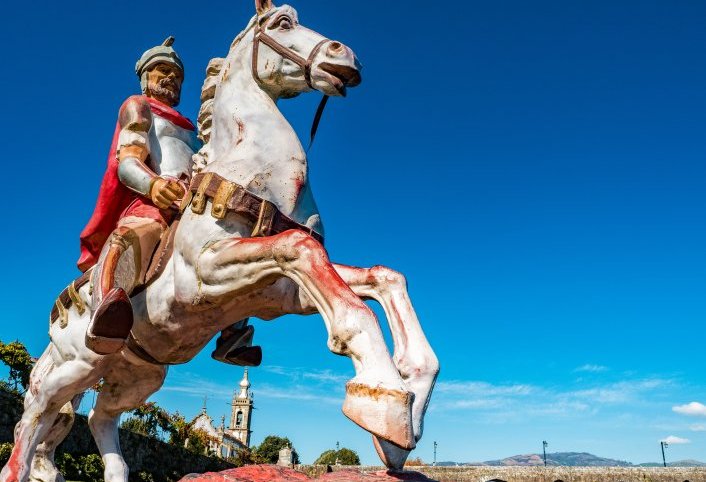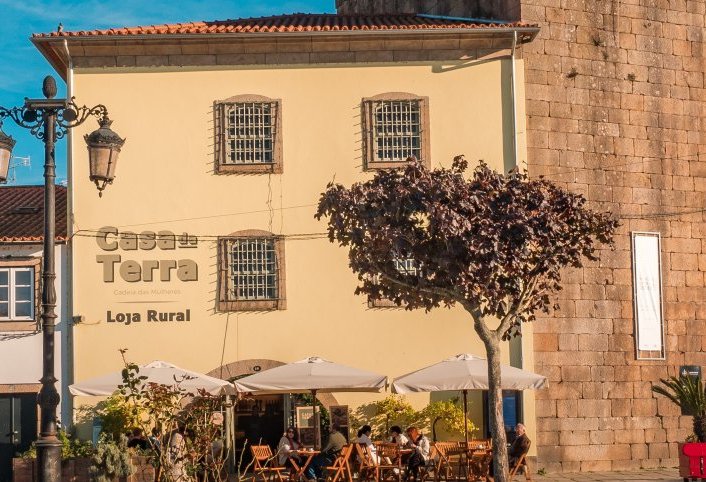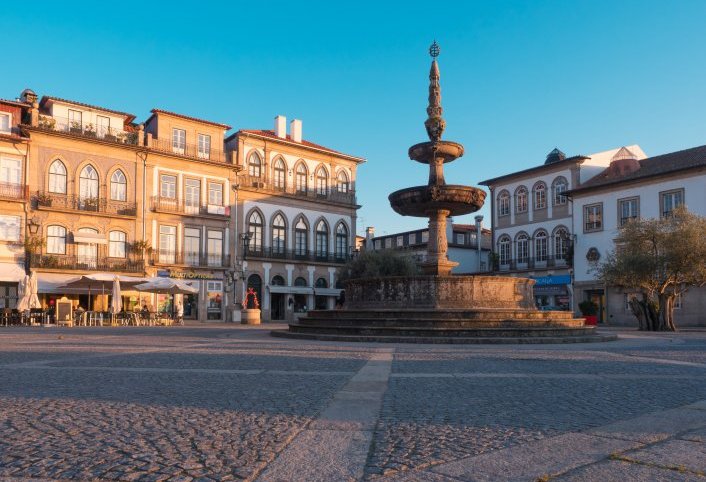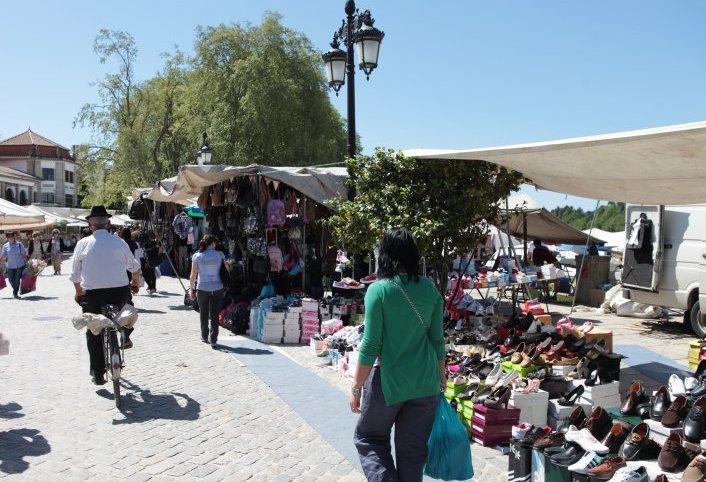Curiosities of Ponte de Lima - not to be missed!
Ponte de Lima
Description
Perception of history
Ponte de Lima's monuments tell stories that help us to discover and better understand the history of the oldest town in Portugal.
Get to know some of them.
1 - A bridge that is two
The bridge over the Lima river is formed by two distinct sections, one Roman and the other medieval. The Roman bridge was probably erected in the 1st century, since it was the crossing point of the road started by the Emperor Cesar Augustus (Via Romana). With the passing of time, as the cause of the displacement of the river bed is not exact, and it could be natural or man-made, it was necessary to continue the bridge in the 14th century, giving rise to the medieval section, with gothic characteristics.
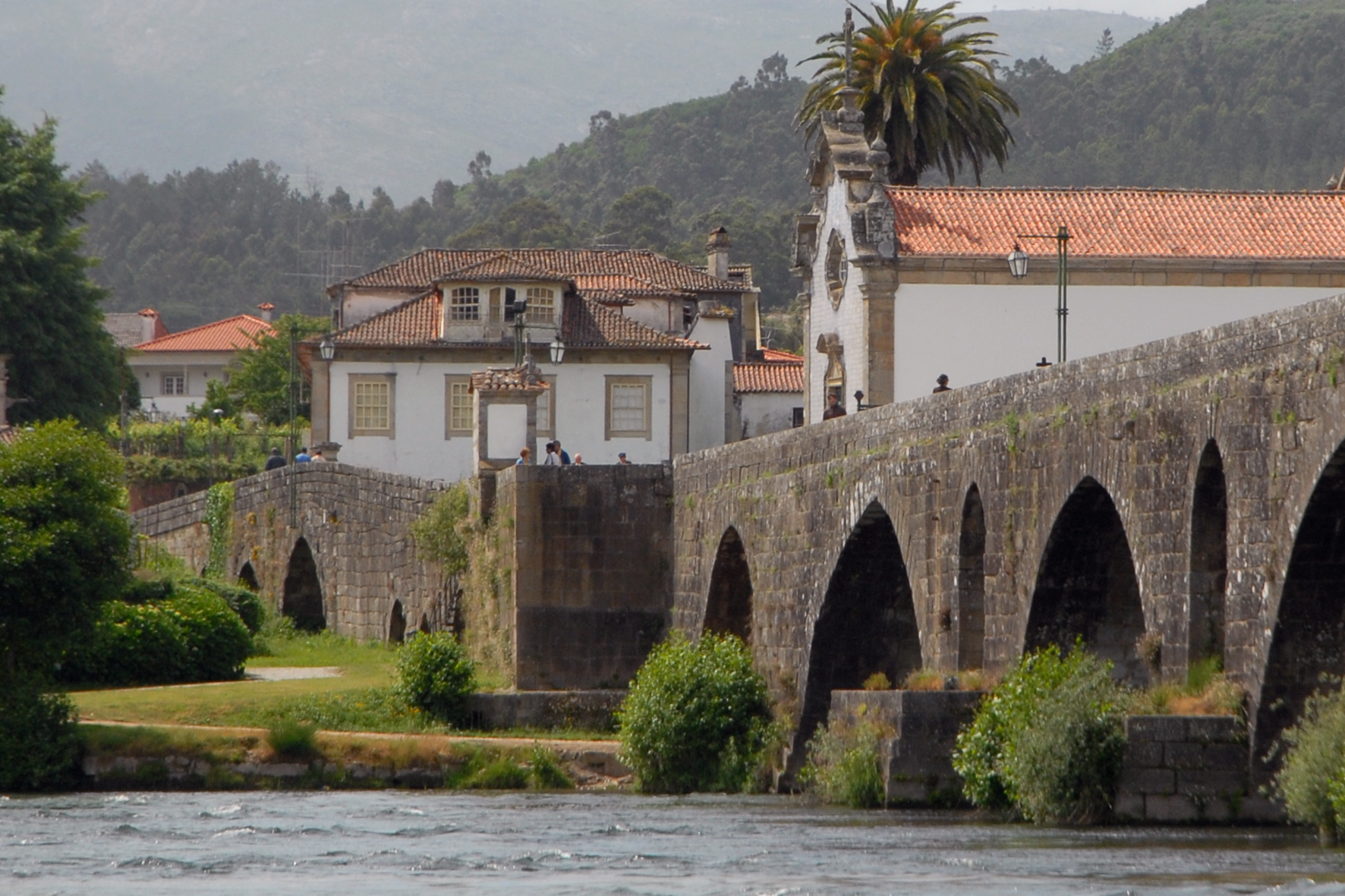
2 - The year of birth of Ponte de Lima: 1125 or 1163?
The charter of Ponte de Lima, granted by queen D. Teresa in 1125, presents in the confirmation document the date of 1163. At that time the time marking was ruled by the Hispanic or Julian calendar (of Julius Caesar). Only after 1422 was the dating system changed by order of King João I, and the Christian calendar replaced the Hispanic calendar. For documents prior to 1422, it is necessary to remove 38 years to correspond to the Christian (or Gregorian) Calendar time. 1163-38=1125
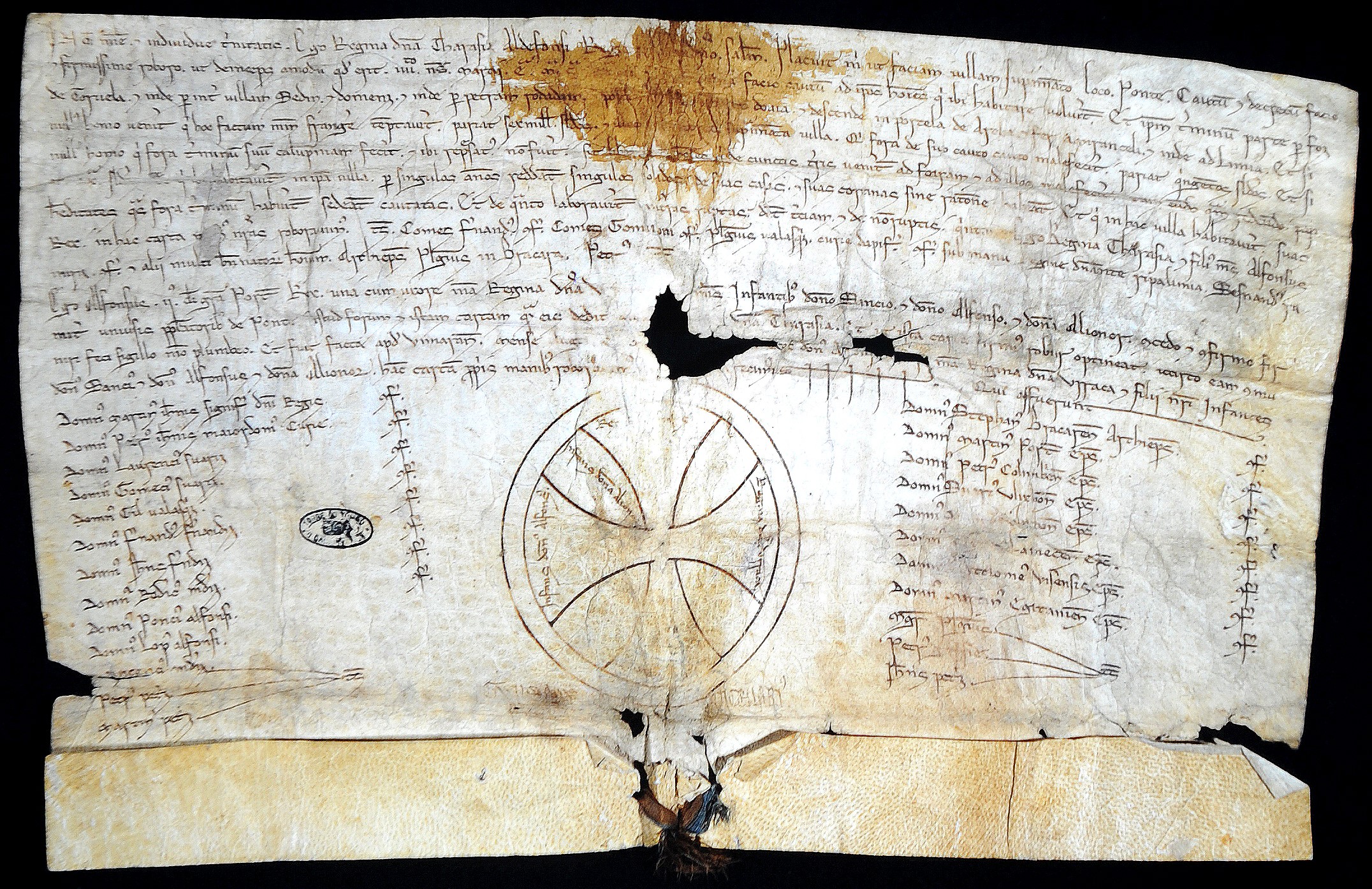
3 - Marks on the stones of medieval buildings
In medieval times, education was almost exclusively limited to ecclesiastics. Few lay people could read or write, using personal marks in place of their signatures. When constructing medieval buildings, masons marked the stones they laid. So that they could collect their wages. Thus, today, on the existing medieval buildings (gothic bridge, towers and remaining walls, Mother Church), these same signs are still visible.
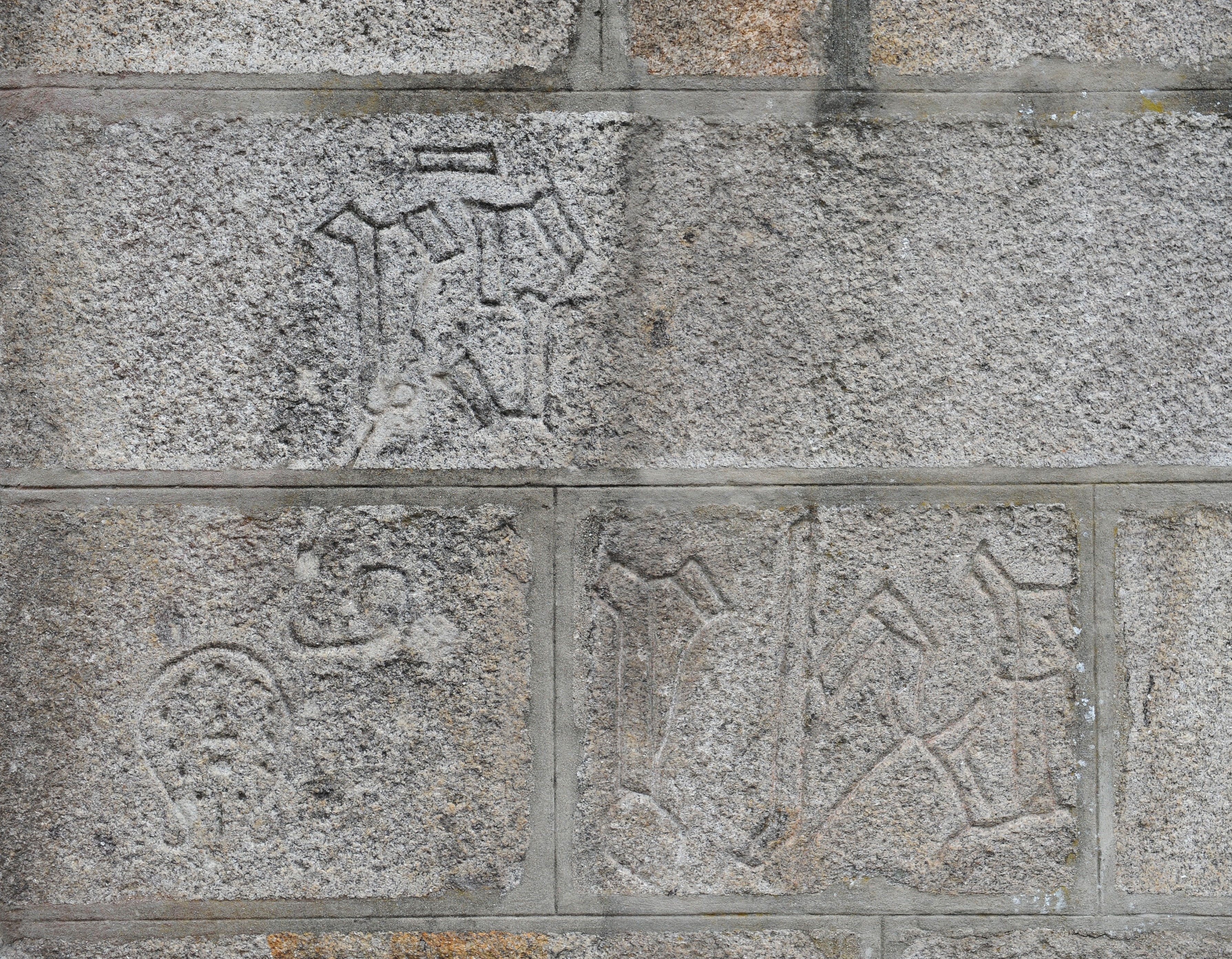
4 - Origin of the Chapel of the Guardian Angel
The Chapel of the Guardian Angel, of romanic/gothic style, was built possibly in the last quarter of the 13th century, and is located on the right margin of the Lima river, near the bridge. Its open quadrangular shape gives it a devotional character, serving as a place of worship and shelter. After being partially collapsed by floods, it was rebuilt in the 18th century, with the placement of a polychrome image of Saint Michael, defender and protector angel of the village and its people.
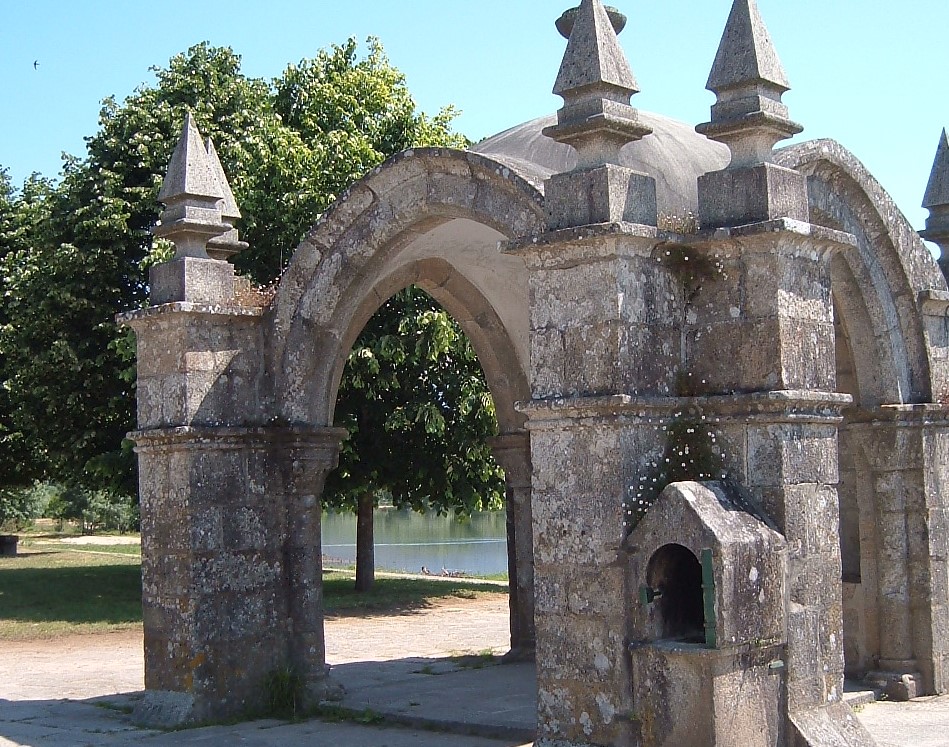
5 - An avenue with several names
Avenida dos Plátanos was inaugurated on October 8, 1901 and then baptized with the name of D. Luís Filipe, according to the decision of the Town Hall, on the 5th of the same month, upon learning of the Prince's visit to Ponte de Lima. The avenue, whose name was changed after the implantation of the Republic to Avenida 5 de Outubro, and later to its current name, is a favourite spot in the summer due to the coolness offered by the shade of the centenary plane trees.
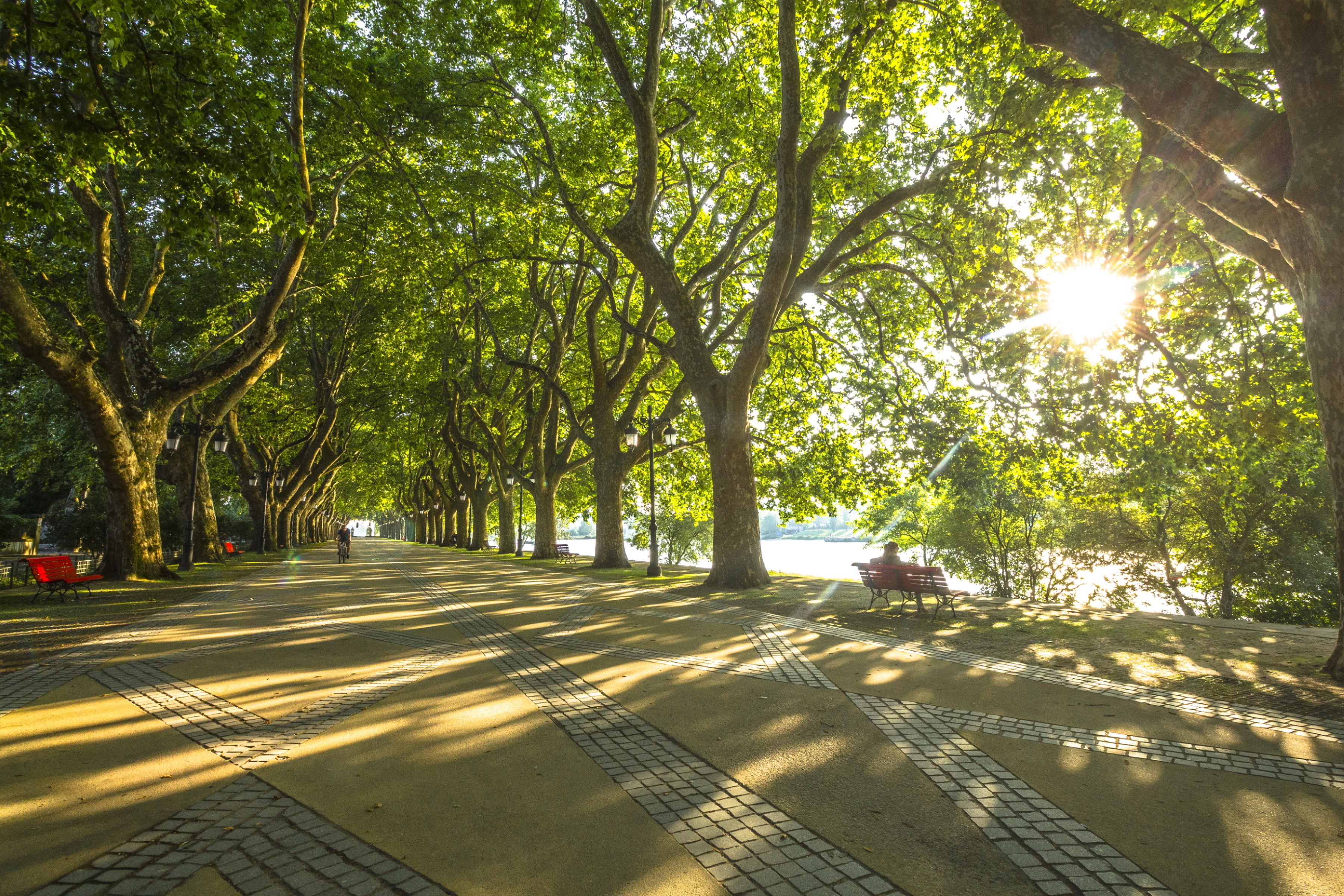
6 - Our Lady of Penha de França: a chapel for prisoners
In 1613, João Lourenço, a man of the people, to make up for the lack of oratory in the public jail, ordered the construction of the Chapel of Our Lady of Penha de França. This chapel was thus built in the window of the jail to allow the prisoners to attend mass, tent overlooking the altar.
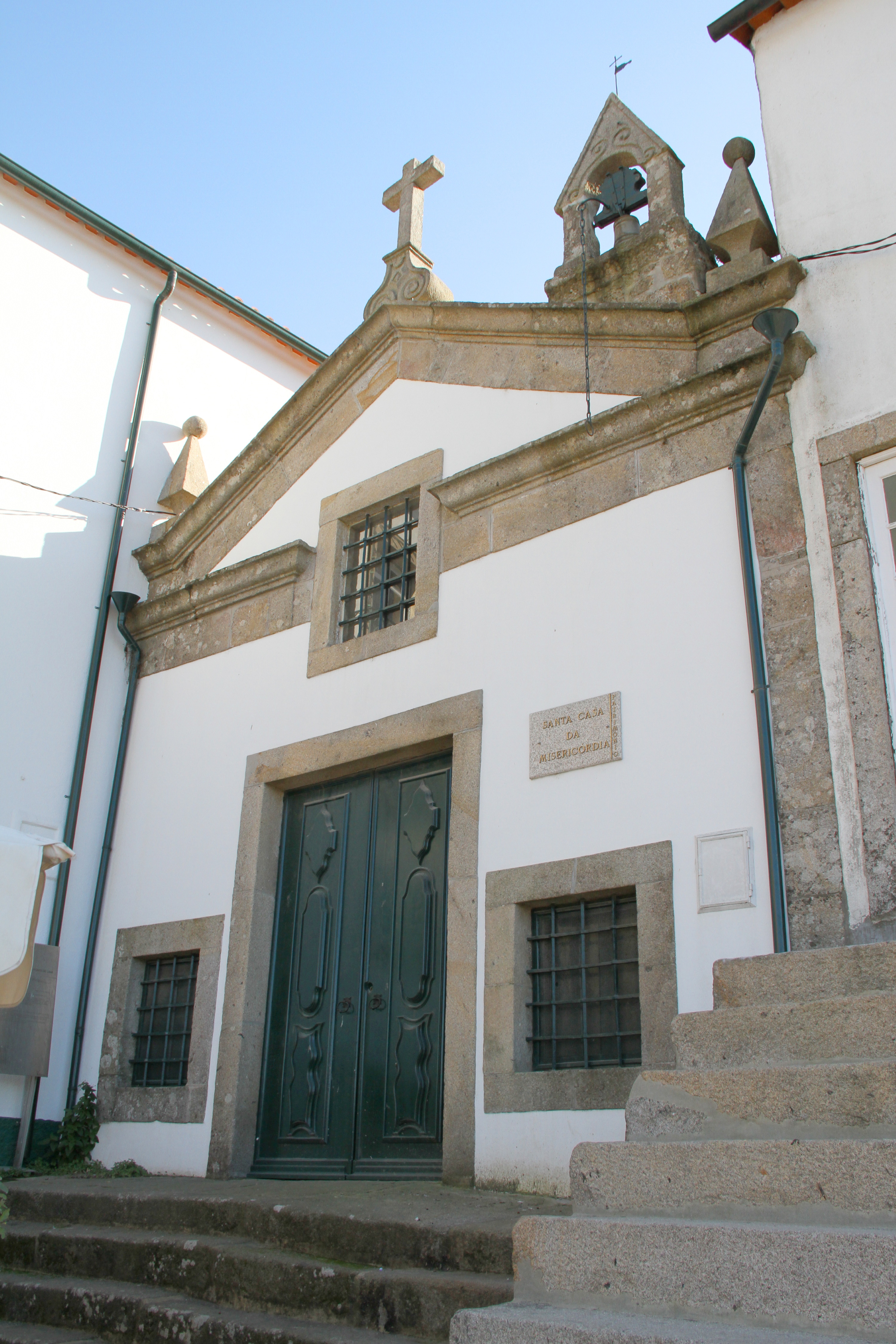
7 - The Tower that tells a legend and registers the height of the floods
The Torre de S. Paulo was erected in the 14th century as part of the town's defensive wall structure. On the face facing the river, a panel of tiles signed by Jorge Colaço represents an imaginary episode of King Afonso Henriques in Cabração (Cabras são, Senhor!). [According to the legend, after a hunt, when King Afonso Henriques and his entourage were resting near the Chapel of Nossa Senhora de Azevedo, a cloud of dust and a deafening noise began to be noticed in the distance. Thinking it was the enemy that was going to attack, they prepared for combat, going against the dust and the noise, when, suddenly, his aunt D. Egas, stopping, addressed the king saying in a tone of laughter: "They are goats, Sir!" In this way, that area, which was largely occupied by shepherds and goats, came to be called Cabração].
In the same tower, on the face of Rua do Postigo, almost at pavement level, there is a gothic inscription, which reads "Here the river arrived by the scratch." It is the forerunner of other more recent ones, which mark, on the same face of the tower that bears the tile panel, the height where the river travelled in various years.
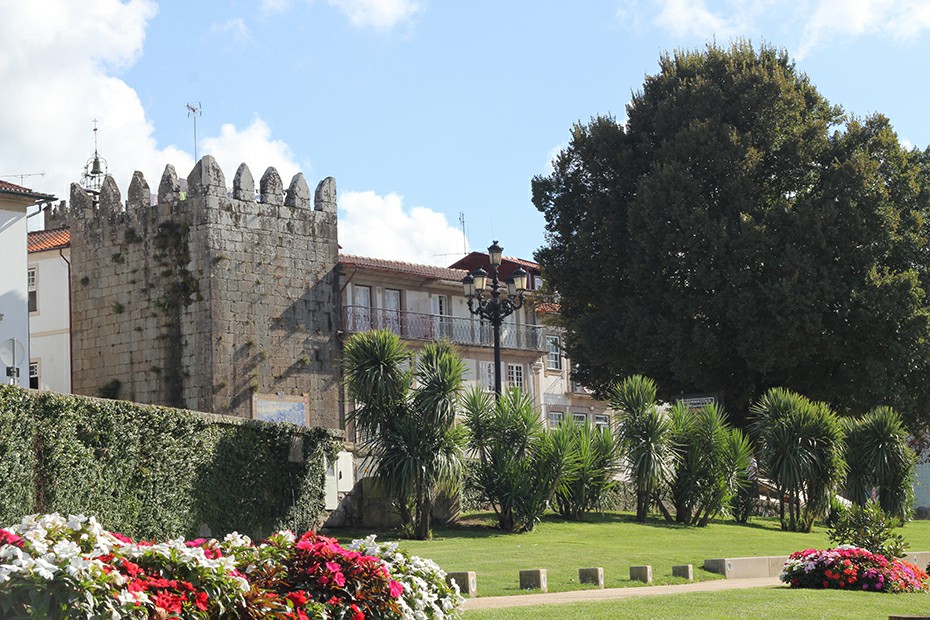
8 - The Romans who crossed the River of Forgetfulness
Legend of Rio Lethes - The Lima River was once called Rio Lethes (or River of Forgetfulness). According to the ancients, the River Lethes enchanted people, making them lose their memory. When an army of Romans, on their way to their conquests, came across the beauty of the place and the river, they were terrified, believing it to be the River Lethes. Even after the insistence of the commander Decius Junius Brutus to cross the river, the legionaries did not move from the bank. The commander, to prove that it was not the River of Forgetfulness, decided to be the first to cross it. When he reached the other bank, he turned to his soldiers, saying that he still remembered everything. He called them by their names, thus encouraging them to cross the Lima River. The tile panel affixed to one of the corners of the Municipal Market also alludes to this legend.
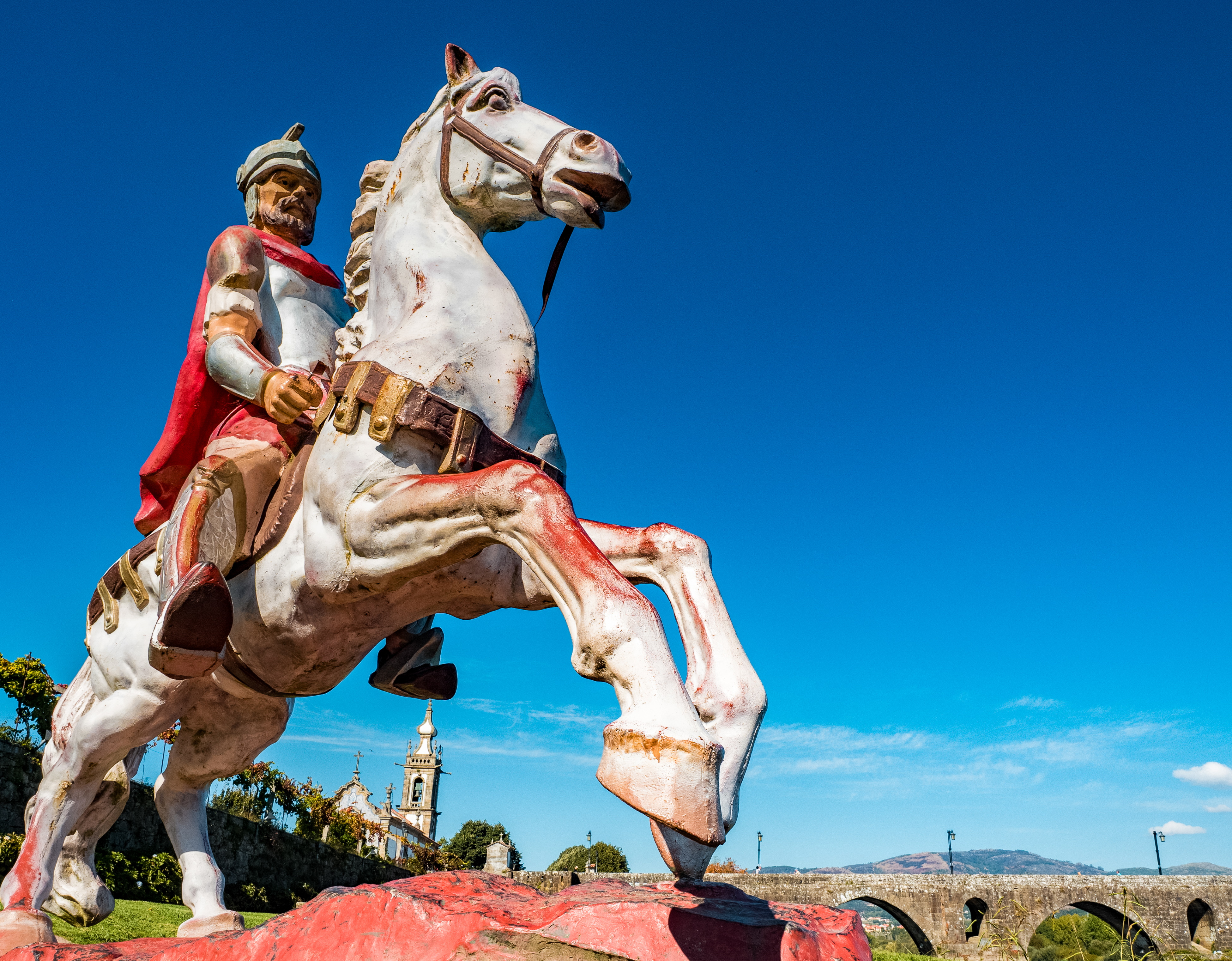
9 - The Tower that D. Manuel I made prison
The Porta Nova Tower, currently designated as Cadeia Velha Tower, was built in the 14th century as part of the town's walled defence structure. In 1511, D. Manuel I decided to use the tower to install the jail of the Correição da Comarca. This three-storey building consisted of the so-called "Lower Jail" and the "Middle Jail", reserved for men, usually in larger numbers, and the "Upper Jail", for women. It later became a prison for men only, and remained so until the 1960s.
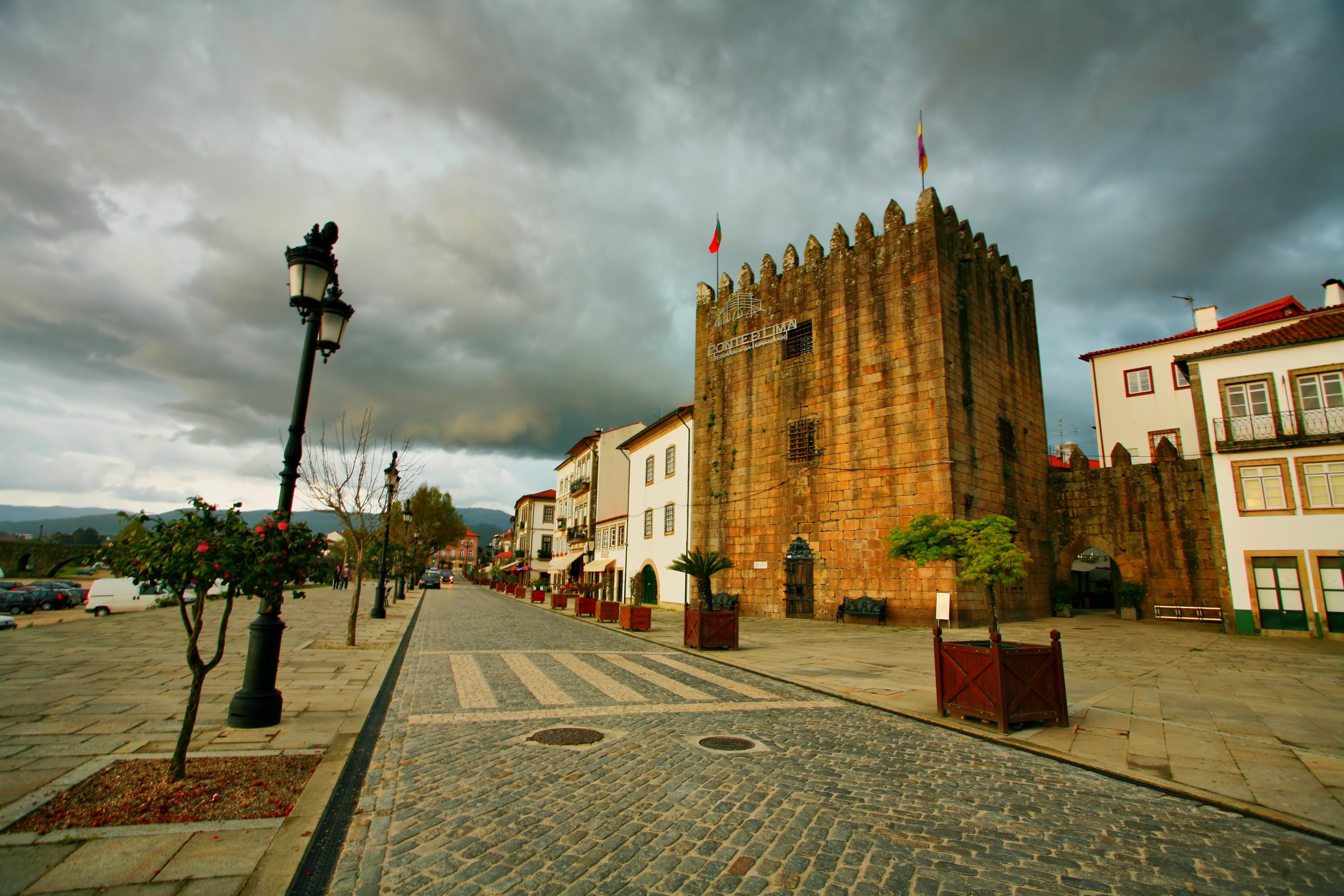
10 - From New Jail to Women's Jail
The New Prison was built in the 19th century next to the Old Prison (Tower) in order to house those sentenced to correctional sentences, accused of minor offences. It served sporadically to house military personnel and as a residence for the jailer and his family. Documents show that it was also used as a prison for women, which is why it is popularly known as the Women's Prison.
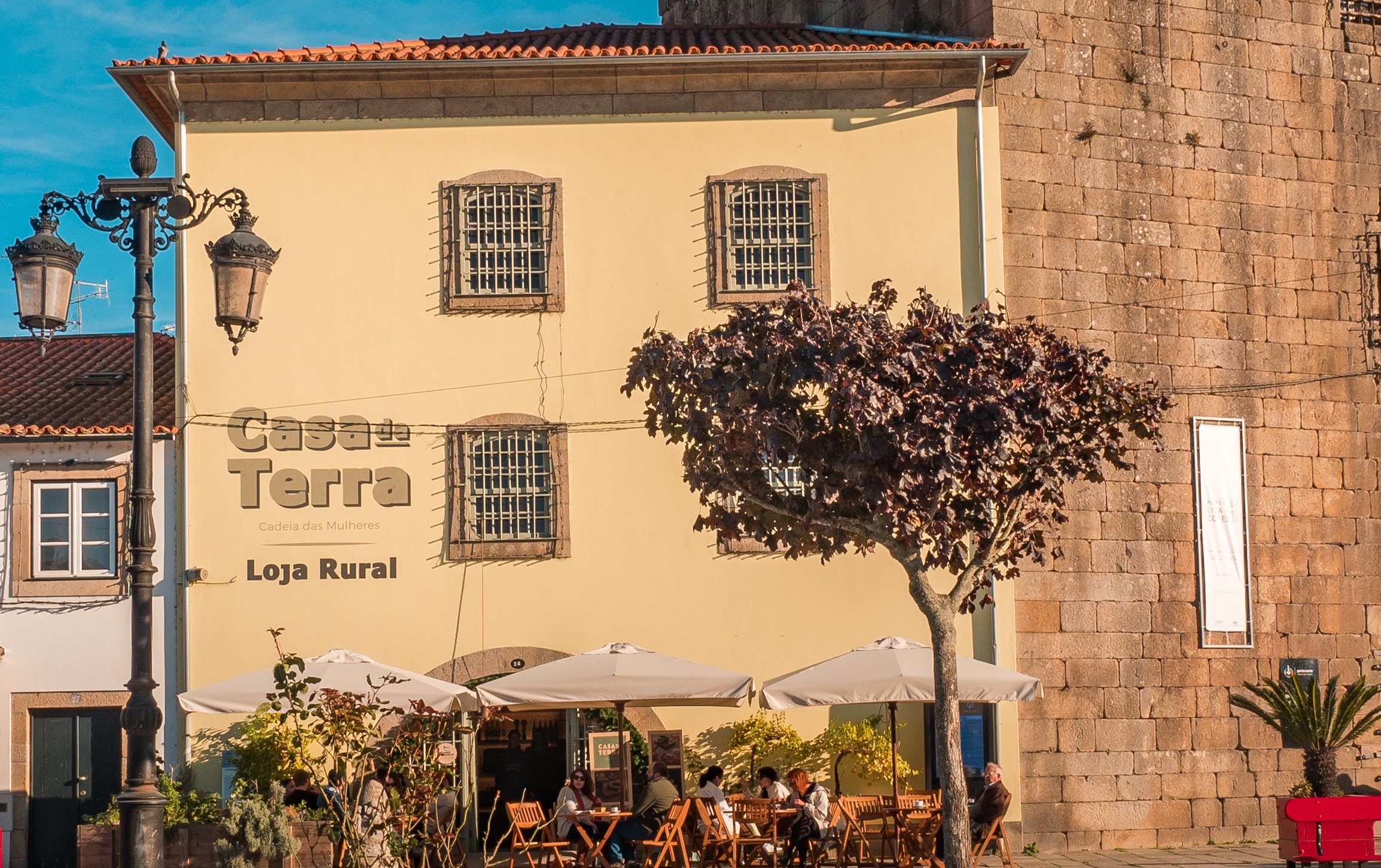
11 - One Fountain, two places
Built in the current Largo Dr. António Magalhães in 1603, next to one of the main entrances to the town wall, it was transferred to Largo de Camões in 1929. To finance its construction and the canalisation of water from Merim, a fine was levied on the salt and olive oil commercialised in this village.
Because drinking water was so important, since there was only one fountain in the village and the population often complained, an inscription on a granite block was placed next to the fountain, where one could read the fines to those who would dirty it. If the offender was caught, the first time he spent 3 days in jail, if he repeated the act, the penalty was doubled. The inscription accompanied the fountain to the Largo de Camões.
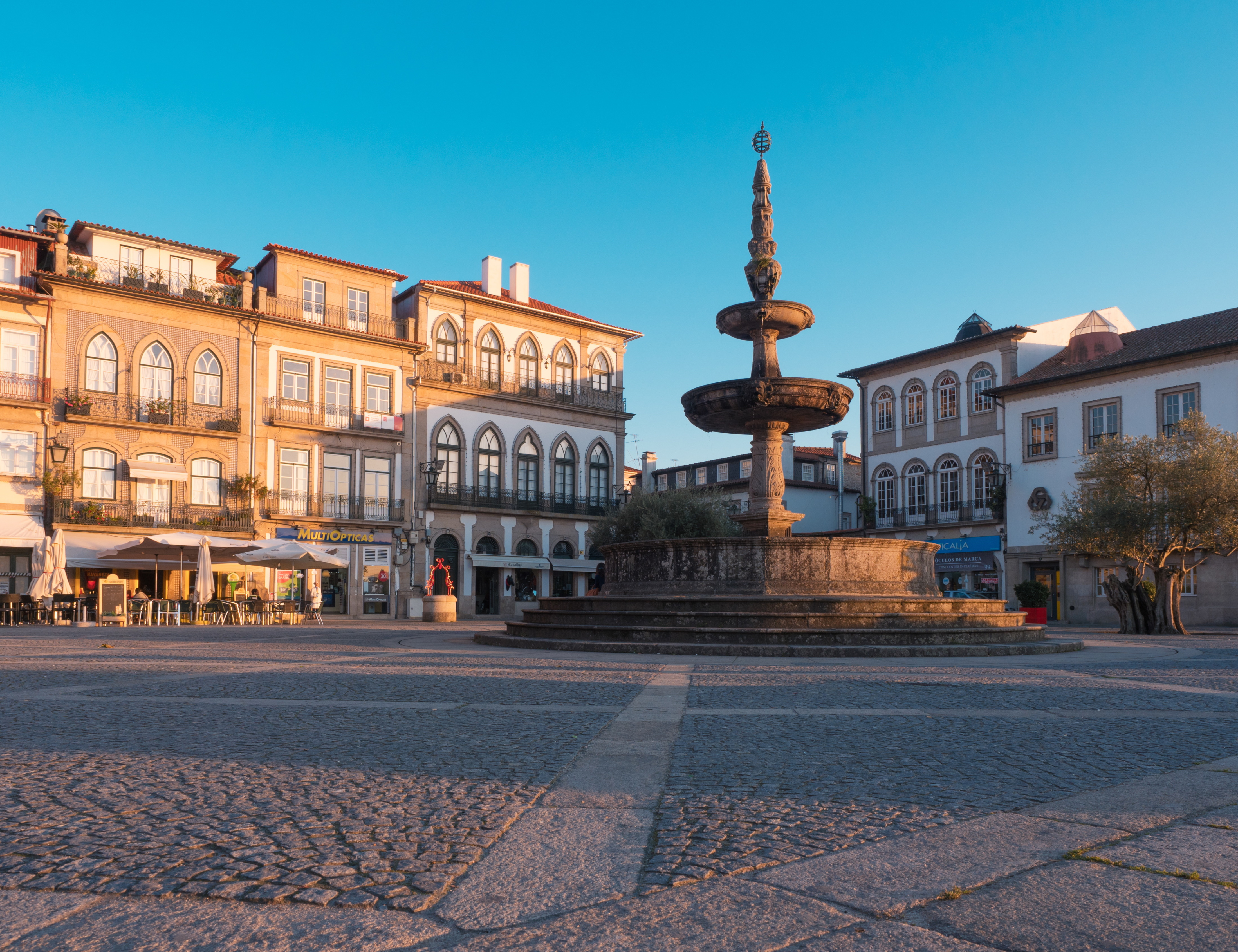
12 - The fair first mentioned in the documents
Every fortnight, on Mondays, on the left bank of the river, the ancient fair takes place. It is the first one to be mentioned in a document, in this case in the charter granted by D. Teresa to Ponte de Lima on March 4th, 1125, which, among other things, established penalties for those who would harm men coming from any land to the fair.
